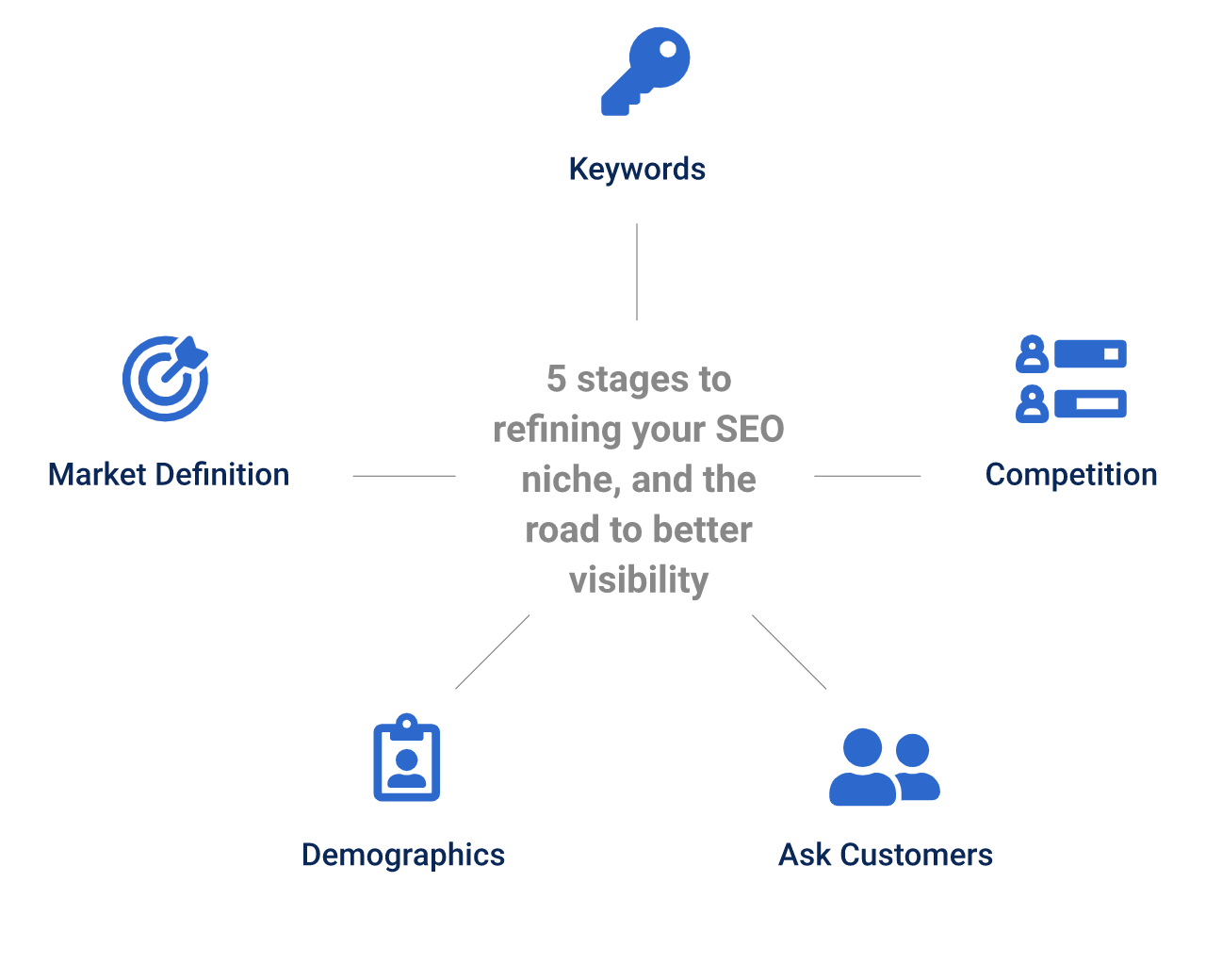
Do you have a data-driven content strategy, or do you only use your data to analyze results? If you aren’t using a proactive data approach to content creation, you are missing out on valuable insights that will improve your content’s performance.
It’s time you moved your data to the driver’s seat to avoid content pitfalls before they occur while taking the most effective content routes to achieve business success.
We will share five steps for how to create a data-driven content strategy that helps you achieve your business goals.
Key Takeaways:
- Data-driven strategies use data to predict trends, needs, and activity to help you make smarter content decisions.
- Build your data-driven approach from a clear plan outlining your content’s purpose, audience, and overarching business goals.
- Use data to create a demand and meet a need based on facts rather than guesswork.
- Continually go back and update your content to stay on top of industry trends and changes.
Why is a Data-Driven Content Strategy Important?
Your tech professionals and marketing department should team up to make a bigger content marketing impact that uses data before and after content creation. For example, instead of just feeding content results to the tech professionals for analysis and storage, the marketing team can also pull information from tech before they craft a single word.
The data you use will take the guesswork out of content creation. You will no longer publish niche articles based on generic industry topics that blend with your competitors’ content. Instead, you are using data to create content based on real questions and needs from your audience to create relevant content. That’s why 64% of executives strongly agreed that data-driven marketing is vital for success.
This proactive approach to content creation will save your business time and money by minimizing the times your content fails to produce your desired results. Instead, you will maximize your return because you are using strategies that data has shown are successful.
5 Steps to Creating and Using a Data-Driven Content Strategy
Before diving into the five steps to creating and using a data-driven content strategy, take a few minutes to watch this video. It covers some data you might collect and how to use it in data-led content creation.
1. Build the Foundation
In 2020, consumers generated 1.7 MB of data every second. If you waste time digging through mounds of data for valuable nuggets of information, you will quickly lose direction. Instead, you should focus on the data you need by first building a data foundation.
Your foundation should answer basic questions about your content strategy, including:
- Why are you creating content? (e.g., increase leads, build trust, educate your audience)
- How do you want your audience to respond? (e.g., buy products, sign up for a free trial, request more information)
- How will the content help your business? (e.g., increase your revenue, attract quality leads, increase customer loyalty)
These questions will help you narrow down what data is most relevant to your content strategy and will help you accomplish your content goals.
2. Analyze Your Audience
Using the answers to the previous questions, you can build a more accurate ideal customer profile. Your customer profile will tell you which consumers you want to analyze data from. Here’s a list of specific consumer data to examine:
- Demographics
- Industry and budget
- Buying behaviors
- Pain points
- Motivating factors
- Popular content platforms
- Preferred content format
 Image from TOOLBOX
Image from TOOLBOX
Some ways to collect this data are through automated data collection platforms, visiting groups where your audience frequents, sending out surveys, and researching your audience’s online behavior.
3. Understand Your Niche
You will also need to understand your niche and how your audience interacts with your industry. Data is vital for ensuring you are creating content that markets your business in a way your audience is most likely to respond to.
For example, instead of creating content that sells your services, you can focus on customer pain points in the industry then discuss how your services solve those pain points. In this way, you are still accomplishing your goal, but in a customer-centric way that uses data to find what your customers want to learn.
Automation and machine learning are vital tools for understanding your niche. Platforms like Contrend allow you to get more accurate insights into your niche so that you can create content based on actual searches and your audience’s most asked questions.

Image from Sistrix
4. Create Personalized Content
Your data will help you create personalized content. Research shows that this is what your audience wants. One report showed that 57% of online consumers are willing to share personal data in exchange for customized offers. Meanwhile, 58% prefer a personalized experience when buying from a business.
Now is the time to put the previous three steps into action. The research and content strategy you create using data personalizes your content so it resonates with your audience and moves them towards your desired response.
Here are a few ways to personalize your content using the data strategies you learned:
- Address known concerns
- Answer common customer questions
- Reach your audience on their favorite platforms
- Use language your audience will relate to
- Address your audience directly
5. Analyze the Results
Even though you are using data proactively, you should continue to analyze your results to improve future content based on your audience’s behavior. Analyzing your results also helps you know when to update your content. By regularly updating old content, you will keep it relevant.
Some data to analyze on previous content includes:
- Audience behavior
- Audience engagement
- Search engine ranking
Your data analytics content strategy should include looking at the impact of your content on your business. The data might show direct revenue growth, like when consumers purchase a product after you link to the product in your content. However, sometimes it will be indirect revenue growth. An example of this is when you use your content to attract more leads or build customer loyalty, which will increase your revenue down the road.
Get Greater Data Insights Using a Smarter Content Platform
Contrend will help you get the insights you need about your ideal audience and niche. These insights are vital for building a data-driven content strategy that increases your business revenue.
Contact us to learn more about our platform and how to use it to improve your data-driven strategy effectively.

